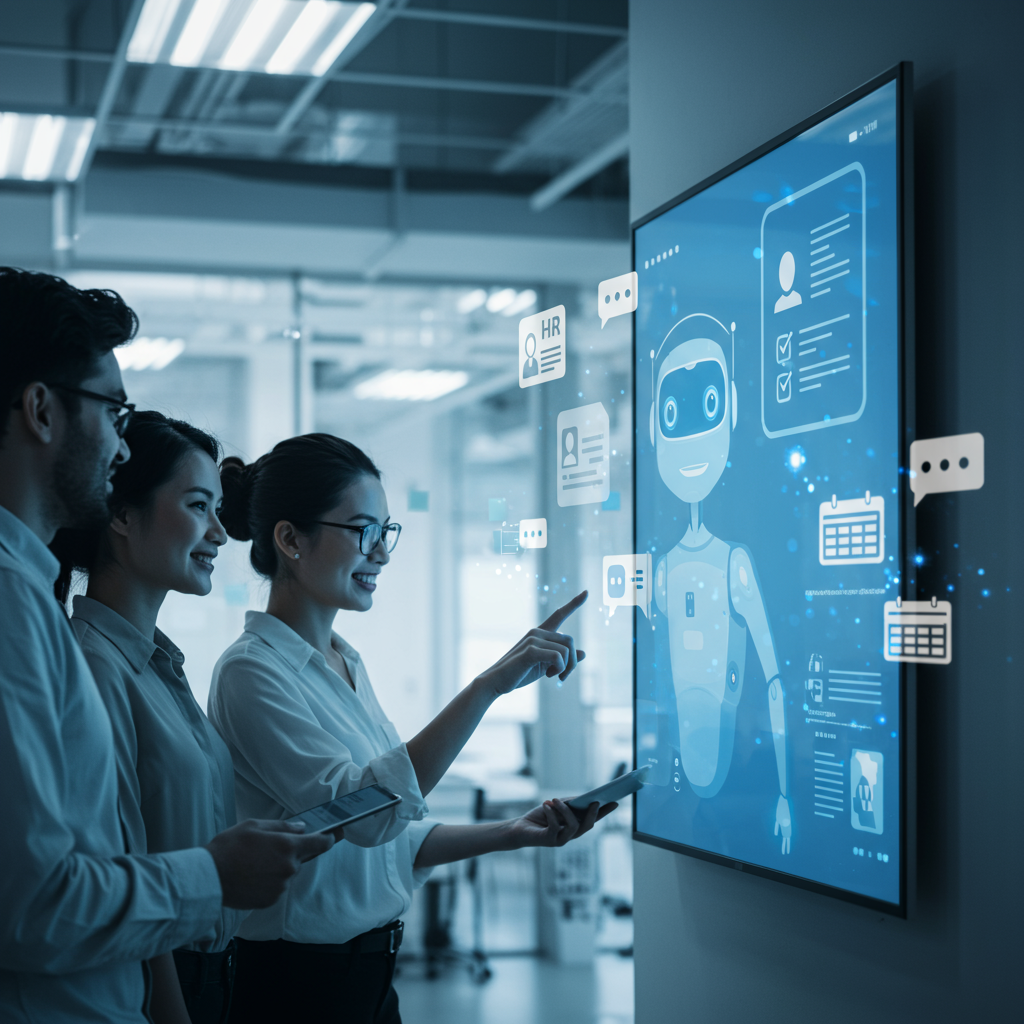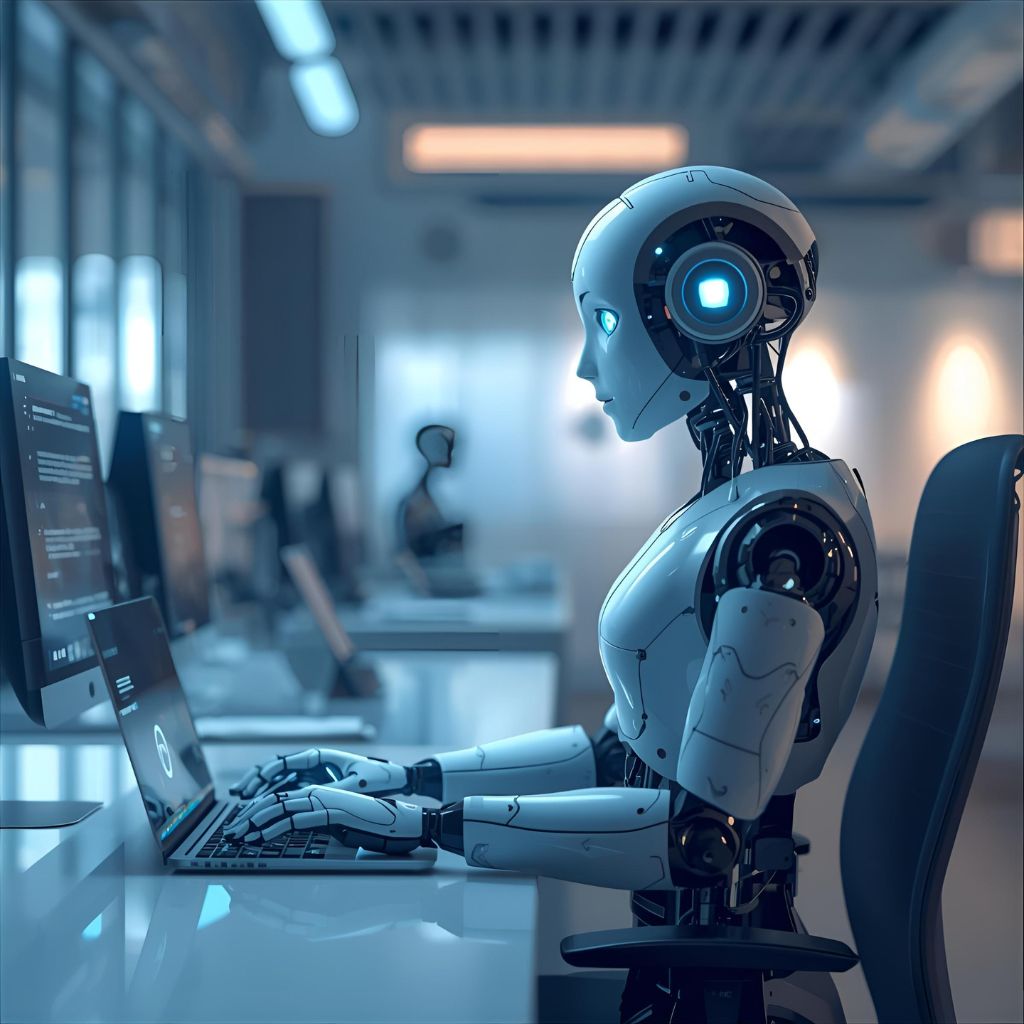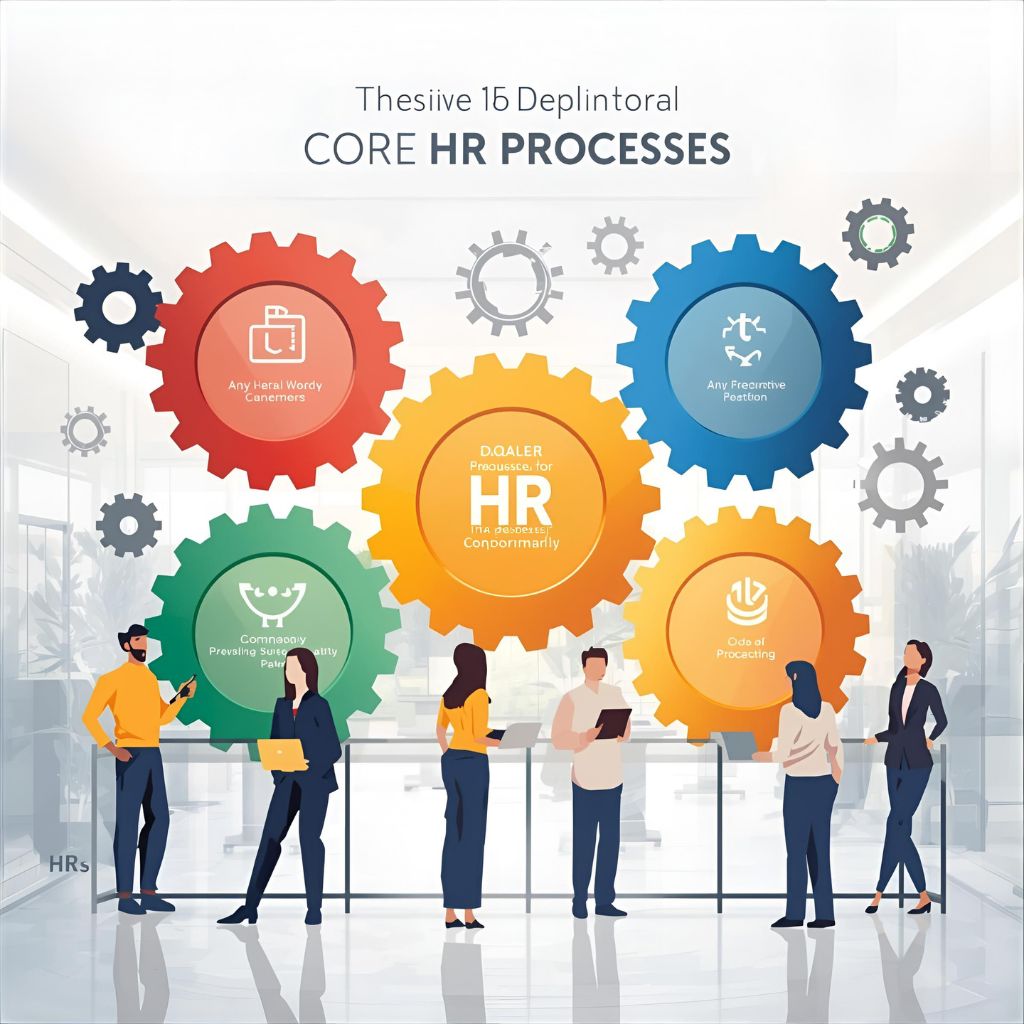
In today’s rapidly evolving workplace, keeping employees engaged and streamlining human resources (HR) processes are top priorities for organizations aiming to attract and retain top talent. Artificial intelligence (AI) bots are emerging as powerful tools that can automate repetitive HR tasks, provide instant responses to employee queries, and deliver personalized employee experiences. In this guide, we’ll explore how AI bots can revolutionize HR by enhancing employee engagement and optimizing core processes like recruitment, onboarding, and performance management.
Understanding AI Bots in HR

AI bots in HR are software applications powered by natural language processing (NLP), machine learning, and robotic process automation (RPA). They can interpret text or voice inputs, access HR databases, and execute tasks on behalf of HR teams or employees. Common types of HR AI bots include conversational chatbots for employee self-service, virtual assistants for scheduling and reminders, and RPA bots for back-office data processing.
Use Cases: Enhancing Employee Engagement
- Onboarding Assistant: AI bots guide new hires through paperwork, policy reviews, training modules, and office tours. They answer questions 24/7, reducing time-to-productivity and making new employees feel welcome.
- Benefits & Payroll Queries: Instead of waiting for HR availability, employees can ask bots about leave balances, health plans, or payroll dates—receiving instant, accurate responses.
- Employee Surveys & Feedback: AI-driven pulse surveys delivered via chatbots encourage honest feedback in real time. Bots analyze sentiment and escalate critical issues to HR managers for prompt action.
- Learning & Development: Personalized learning recommendations are provided based on role, career path, and skill gaps. Bots track progress, send reminders, and celebrate milestones to keep employees motivated.
Streamlining Core HR Processes

AI bots not only support engagement but also automate end-to-end HR workflows, significantly reducing manual effort and error rates. Here are key areas of impact:
- Recruitment & Sourcing: Bots screen resumes, schedule interviews, and answer candidate queries, trimming hiring cycles by up to 50%. They can also conduct preliminary assessments via chat-based questionnaires.
- Onboarding Automation: From document collection to IT provisioning and policy acknowledgments, AI bots execute tasks in the correct sequence, ensuring compliance and reducing new-hire friction.
- Performance Management: Bots send regular reminders for goal updates and reviews, gather peer feedback, and generate performance summaries—freeing HR teams to focus on strategic coaching.
- Offboarding Processes: Automated exit interviews, clearance checklists, and knowledge transfer support help maintain security, compliance, and positive alumni relations.
Key Benefits of AI Bots for HR
- Improved Employee Experience: Instant, 24/7 support makes HR feel more accessible, boosting satisfaction and reducing frustration.
- Operational Efficiency: Automating repetitive tasks frees HR professionals to concentrate on strategic initiatives like culture building and leadership development.
- Data-Driven Insights: AI bots capture interaction data, sentiment scores, and process metrics. These analytics enable continuous improvement of HR programs.
- Cost Savings: Reduced manual work and faster cycle times lead to lower operational costs and a higher return on HR technology investments.
- Scalability: As organizations grow, AI bots can handle increased volume without scaling headcount, ensuring consistent service levels.
Implementation Guide
Adopting AI bots in HR requires careful planning to ensure success. Follow these steps:
- Define Objectives: Identify high-impact processes (e.g., helpdesk, recruitment) and set clear goals such as reduced response times, cost savings, or higher engagement scores.
- Select the Right Platform: Evaluate vendors based on NLP capabilities, integration with HR systems (HRIS, ATS), security, and customization options.
- Design Conversational Flows: Map out user journeys for each use case. Write clear, concise prompts and responses. Include fallback options for escalation to human agents.
- Integrate Systems: Connect the AI bot to HR databases, calendars, learning management systems, and communication channels (Slack, Microsoft Teams, intranet portals).
- Test & Train: Conduct pilot tests with a small user group. Refine conversational scripts, improve intent recognition, and fix integration issues.
- Launch & Monitor: Roll out the bot company-wide. Monitor performance metrics such as resolution rates, user satisfaction, and average handling time. Gather ongoing feedback.
Best Practices
- Keep Conversations Human-Centric: Use friendly, empathetic language. Mirror your company culture in the bot’s tone.
- Prioritize Security & Privacy: Ensure data encryption, role-based access controls, and compliance with regulations like GDPR or HIPAA.
- Enable Seamless Handoffs: When the bot cannot resolve an issue, escalate smoothly to an HR representative with full context.
- Continuously Improve: Analyze conversation logs to identify gaps. Regularly update intents, responses, and integrations to enhance accuracy.
- Measure Impact: Track KPIs like user adoption, cost per interaction, and employee feedback. Tie improvements back to organizational goals.
Challenges and Considerations
- Change Management: Employees may be skeptical about bots replacing human contact. Offer training and clearly communicate benefits.
- Language & Cultural Nuances: For global companies, ensure the bot supports multiple languages and understands regional expressions.
- Data Quality: Inaccurate or siloed HR data can hamper bot effectiveness. Invest in cleaning and consolidating data sources.
- Cost of Customization: Highly customized bots deliver better user experiences but require more development time and budget.
Future Trends
The next wave of HR AI bots will leverage advanced technologies such as sentiment analysis, predictive analytics, and voice interfaces. Bots will proactively identify disengagement risks, recommend personalized retention strategies, and integrate seamlessly with augmented reality (AR) for immersive training experiences. As AI continues to mature, these intelligent assistants will become strategic partners in shaping people-centric workplaces.
Conclusion
AI bots are redefining the HR landscape by delivering faster, more personalized support to employees and automating critical back-office tasks. By embracing these technologies, organizations can foster stronger employee engagement, streamline processes, and achieve measurable efficiency gains. Start small with a focused use case, iterate based on real-world feedback, and scale your AI bot strategy to unlock the full potential of an AI-driven HR function.
Ready to revolutionize your HR processes with AI bots? Begin your journey today and empower your workforce with intelligent, on-demand support.
Want to turn data into actionable insights faster? Don’t miss our guide on how to leverage AI bots for data-driven decision making — it’s packed with real-world use cases and strategies.









Leave a Reply